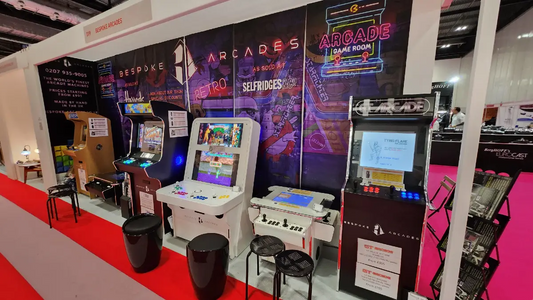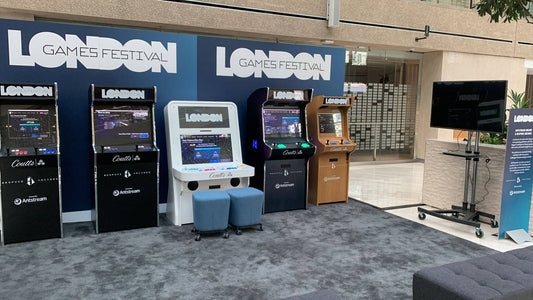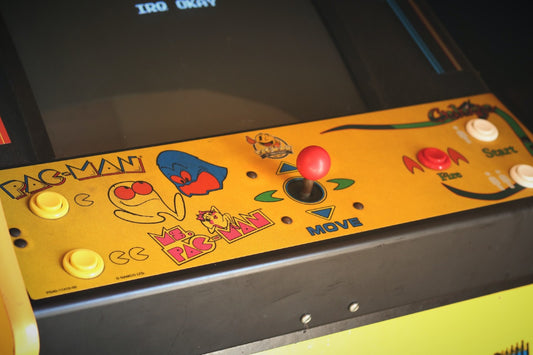Nintendo Game Boy
Game Boy
Nintendo’s Game Boy was released in 1989, and quickly became a worldwide success. The device featured 8-bit graphics and was the second line of handheld devices that Nintendo had brought out, its predecessor being the Game and Watch. The designers of this previous series had been the team working on the GB. The hand-held console spawned a line of products, which included the Pocket, Light, Colour and Advance within years to come.

Upon release, the Game Boy was most commonly bundled with the game Tetris, although other games including ‘Super Mario Land’ were available at this time. The handheld’s largest competitor was the Sega Game Gear, though, the GB can easily be seen as the highest performing handheld of its era, outselling the Game Gear by far. This can be shown through the combined sales of the Game Boy and Game Boy Colour being at an amazing 118.69 million units worldwide.
The handheld’s controls were simple, with an ‘A’, ‘B’ ‘Start’ and ‘Select’ buttons. Furthermore, the console includes volume and contrast controls on the side of the machine. The game cartridges are placed in the back of the machine, and an additional lockout system is in place so that players could not take out the games when the system is turned on.
The player has a choice between using batteries or an AC adaptor to power the console. Also containing a port to connect to other Game Boy systems for multiplayer capability, though it was later primarily used as a communication system in Pokémon games. This port is multi-functional as it also has the ability to connect to a Game Boy Printer and other devices.
The Game Boy Pocket & Game Boy Light
Other versions of the original console include the ‘Play It Loud!’ series. Released in 1995, the new consoles boasted colourful cases. The colours available were: Red, Green, Black, Yellow, White, Blue and clear. Some colours only being available in certain countries such as the blue model only being released in Europe and Japan.
Another version of the GB is the Game Boy Pocket which was a smaller and lighter console. This requiring less batteries, only two AAA batteries powering the system for 10 hours of play. A limitation of the system was that it models a smaller link port so cannot directly connect to a Game Boy, it needed an adaptor to do so.
Some adaptions that Nintendo had made to the new console featured a full black and white display rather than the ‘pea-soup’ colour of the original. Interestingly, the Pocket features a larger screen than the Game Boy Colour! The console is widely praised for its improved visibility and response time. There are some limited-edition Pocket consoles, including a metallic ice blue unit and a Japanese exclusive pink model.
Furthermore, another system includes the Game Boy Light. This model was only released in Japan, and is slightly larger than the Pocket. Due to public demand, the console features a backlight, for playing in low-light conditions. It also only takes two AA batteries which can power it for 20 hours without the backlight on, or 12 hours with this on. This came in two standard colours of silver and gold.
Fun Facts
Whilst in development, the staff at Nintendo gave the GB an overwhelming negative review, it was nicknamed the ‘Dame-Game’ (‘Dame’ meaning lame in Japanese). Despite this, public reception of the game was ever-popular. So popular, in-fact that within two weeks of release in Japan the entire stock of 300,000 units had sold out. This popularity carried through as upon American release 40,000 units sold on the first day.
The Game Boy can be seen as in influential system as, in 1995, Nintendo of America announced that 46% of the consoles players were female. This beat Nintendo’s previous products with the percentage of females playing the NES being 29% and the SNES being 14%! Moreover, in 2009 (20 years after the initial release), the Game Boy was put into the National Toy Hall of Fame to celebrate the console.
Much like the original Game boy is for all ages and genders so too are our custom arcade machines, they'll fit in any games room, office space or venue and be enjoyed by everyone.



